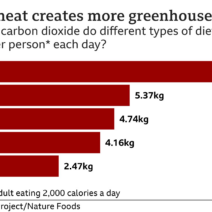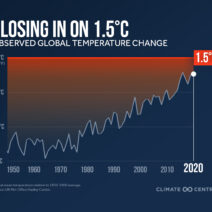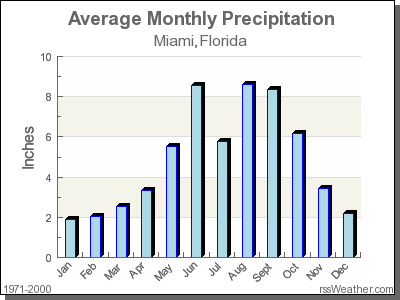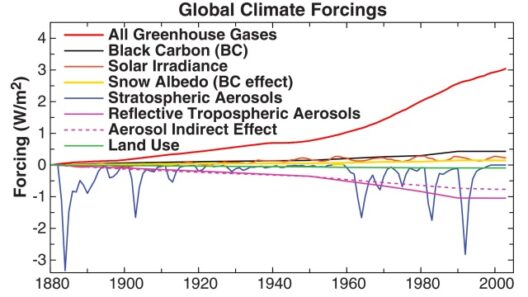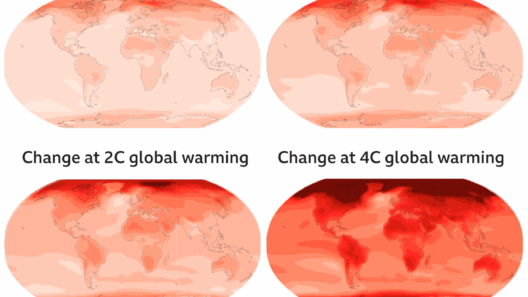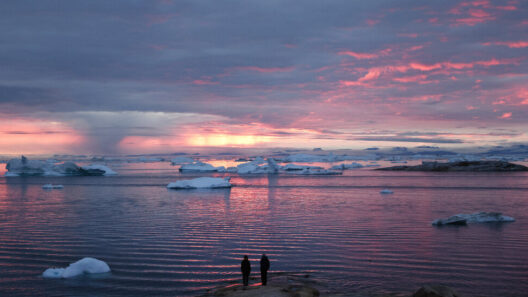Coastal cities are at the forefront of one of the most pressing challenges of our time: global warming. With rising sea levels and increasing temperatures, these urban areas face a myriad of risks that could drastically alter their landscapes and the lives of their inhabitants. But how might global warming uniquely affect coastal cities, and what unforeseen challenges could emerge?
First and foremost, let’s delve into the concept of sea-level rise, a direct consequence of melting ice caps and glaciers, as well as thermal expansion of seawater. The Intergovernmental Panel on Climate Change (IPCC) has projected that global sea levels could rise by as much as 1 meter, or more, by the end of the century. This raises an intriguing question: are we ready to think about how our lives will change when our beaches, once ample and vibrant, may become inundated?
As coastal cities grapple with these realities, the implications extend beyond mere geography. Rising seas will not just encroach upon shorelines; they will decimate ecosystems, erode coastlines, and threaten infrastructure. For example, one might imagine Miami, where engineers have already begun to implement innovative drainage systems to combat floods. Yet how long before nature’s resilience is outmatched by human endeavor?
Furthermore, let us examine the potential socioeconomic ramifications. Coastal cities are often economic powerhouses; they serve as vital hubs for trade, tourism, and industry. As sea levels rise, property values in vulnerable areas could plummet, impacting local economies and strain municipal budgets. The question arises: will affluent neighborhoods invest in fortifications while deprived communities are left to fend for themselves against the inevitable? This raises the specter of environmental injustice, where policies favor the few while neglecting the needs of the many.
Contemplating the environmental impact, the intrusion of saltwater into freshwater aquifers is another critical concern. As seawater permeates essential drinking supplies, urban populations will face dire water scarcity. This event, somewhat insidiously, threatens to turn cities that once had reliable freshwater sources into parched landscapes. Will we devise adaptive strategies in time, or will we be left scrambling to meet basic needs?
Then there is the matter of increased flooding. Coastal cities are already familiar with storms and heavy precipitation, but climate change has exacerbated these phenomena. The once-anticipated patterns of storms have shifted dramatically, yielding more extreme weather events. Consider how New Orleans contended with Hurricane Katrina; many coastal cities may face similar catastrophes in the future. Can robust infrastructure withstand such ferocity, or will we see entire communities swept away?
Public health is yet another sector poised for upheaval. The proliferation of vector-borne diseases, fueled by warmer climates and stagnant water, poses an increased risk to urban dwellers. The question becomes: how will cities adapt their healthcare systems to manage burgeoning populations of diseases like Zika or dengue fever? The burden may fall heavily on already-strained public health resources.
Moreover, tourism plays a vital role in the identity and economies of many coastal cities. With rising tides and eroded beaches, how do we quantify the experience of a vacationer who sought sun and surf but instead stumbled upon desolation? Coastal tourism could face a substantial downturn, thereby aggravating economic instability in regions dependent on this sector.
The coastal habitat itself faces cataclysmic changes too. Coral reefs and marine biodiversity are often the first casualties of warming waters and acidification. Coastal cities rely on these ecosystems for fishing and tourism. If we witness a mass die-off of coral reefs, will there be a continued attraction for tourists seeking the thrill of underwater exploration? If the oceans lose their vibrancy, we should brace for impact on culinary traditions and biodiversity.
The ramifications of climate-induced migration must also be considered. As sea levels rise, entire populations may be displaced, leading to ‘climate refugees’ in search of safety. As our urban centers swell with newcomers, how will cities manage the strain on housing, resources, and social cohesion? Such mass migrations introduce complexities that challenge socio-political stability and communal integrity.
In conclusion, coastal cities are at the nexus of numerous challenges posed by global warming and rising sea levels. Environmental risk factors are stacking taller than any flood barrier ever could; socioeconomic disparities are inflating; public health risks escalate; and cultural identities may face annihilation. While there are myriad questions that burgeon, the most significant remains: will we collectively rise above these challenges in time, or will we find ourselves buried beneath the waves of our own inaction? The answers lie in our collective will to face these challenges with creativity, tenacity, and most importantly, unity.

